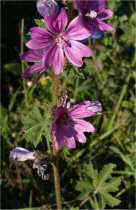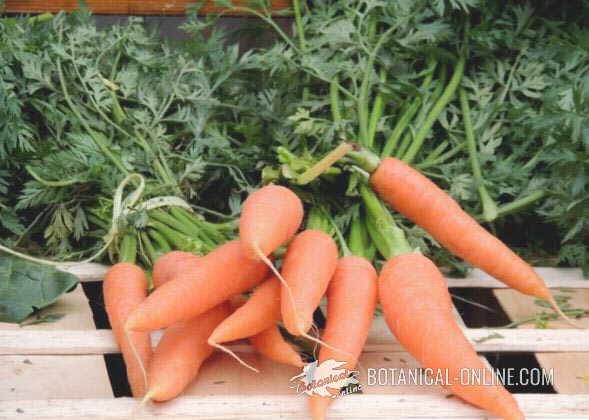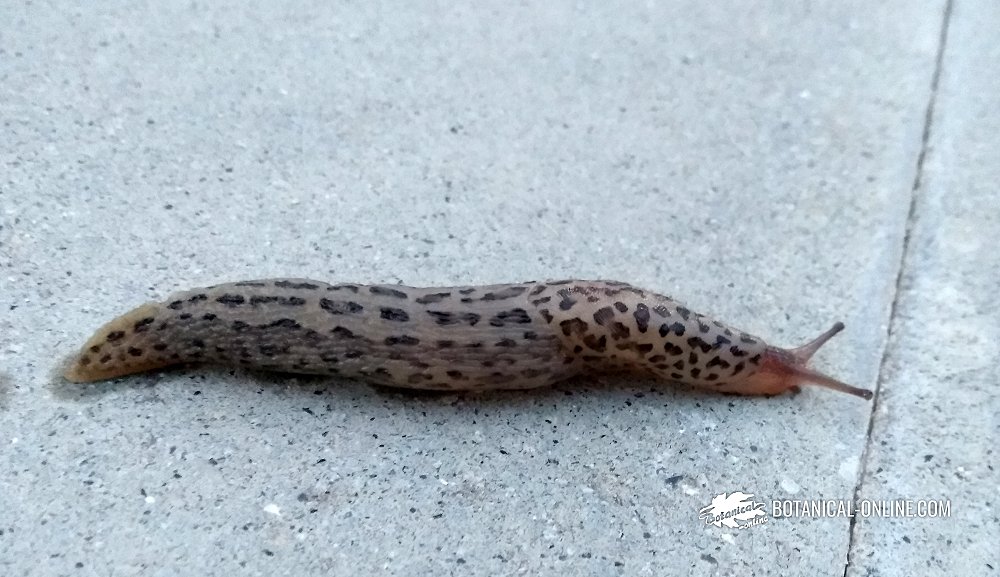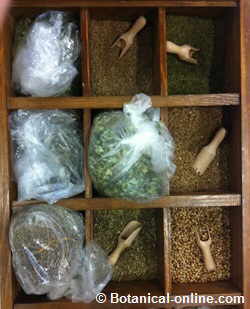Contents
- 1 How to plant cacti and other succulent plants from seeds
- 1.1 Planting succulent or succulent plant seeds
- 1.2 Reproduction of cacti and succulents using seeds
- 1.3 How to get cactus and succulent seeds
- 1.4 Obtaining seeds from a plant
- 1.5 Possible problems getting seeds from garden plants
- 1.6 How to sow cactus and succulent seeds
- 1.7 Seed stratification
- 1.8 How to speed up rooting
- 1.9 Plant care: How to care for cactus and succulent seedlings?
- 1.10 Watering seedling of succulent plants
- 1.11 Planting out succulent seedlings
How to plant cacti and other succulent plants from seeds
Planting succulent or succulent plant seeds
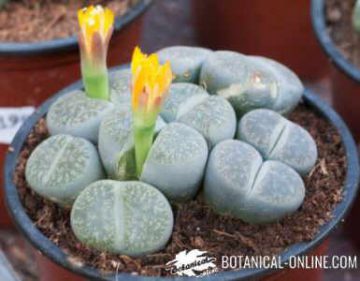
The seed reproduction system is not very common in the domestic cultivation of succulent plants, although it is usually carried out by gardening professionals when they want to obtain hybrid specimens.
Through this method it is possible to make new hybrid plants that are very peculiar or attractive.
Hybrids of some genera such as Conophytum, Rebutia, Crassula and Euphorbia are well known.
Reproduction of cacti and succulents using seeds
The reproduction of succulent plants using seeds is a somewhat complex procedure, although it is necessary with certain species that do not allow other reproduction methods such as cutting or division.
Unlike reproduction by cuttings, which produces clones identical to the mother plant from which it was obtained, seed reproduction is not as controllable and produces less predictable specimens, since the seeds transport the genetic material of two parents.
How to get cactus and succulent seeds
To achieve a high percentage of success, it is necessary to have adequate seeds and in good condition. The duration of the seeds of the succulents in general is quite long. Some seeds of certain genera, like Lithops, if properly preserved, can be kept for several years; Other seeds, like most Asclepediaceae, must be planted quickly or they lose their germinative power.
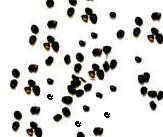
The safest thing is to buy trusted seeds in a specialized establishment. However, you can obtain your own seeds if you follow some appropriate steps. Own seeds, well chosen and prepared, are those that guarantee superior sprouting.
Obtaining seeds from a plant
To obtain the seeds of our own plants, we must let the fruits dry so that they fall easily, once they mature. Subsequently, we will clean them well with water, removing the part of the pulp that they may have so that there is no danger of fungus formation.
We will let them dry and store them in a cool place in a paper bag. If we do not have a place that meets these characteristics, we can store them in the least cool part of the fridge.
Possible problems getting seeds from garden plants
When obtaining seeds, we must bear in mind that some species are not self-fertile and only produce seeds when they are crossed with a pollinating species. For this reason, in most cases we will have to carry out artificial pollination. For this we will use a small clean brush, which we will pass over the pollinating flower and, later, we will pass it over the flower that we want to pollinate.
How to sow cactus and succulent seeds
Once we have the seeds, we can start sowing them. Planting takes place between the spring and summer months. Previously, it is convenient to prepare the soil:
- Moisten the container well and fumigate it with a little insecticide to avoid the formation of fungi
- At the bottom of the pot, place some stones that will help drain the water. To favor the rooting, it is convenient that the soil is not very compacted, it will have to be crumbled with the fingers beforehand.
- It is not necessary to introduce the seeds in the sowing soil, unless they are large seeds, in which case they can be planted individually half a centimeter underground. For most seeds, it is enough to leave them on the substrate and spread a very thin layer of sand over them.
If adequate moisture and heat are maintained, they will soon begin to germinate and will take root in the soil themselves. For them to germinate they need a minimum temperature of 15ºC or 20ºC, although the ideal temperature is between 20ºC and 30ºC.
Seed stratification
The seeds from winter succulents need to be cold stratified in order to germinate. For this, the same sowing procedure can be followed as in the rest of the seeds:
- Put them in the fridge so that the cold accelerates germination.
- Another procedure is to sow them during the winter and leave the container outside so that it is the environmental cold that makes them germinate. This should not be done with cacti.
How to speed up rooting
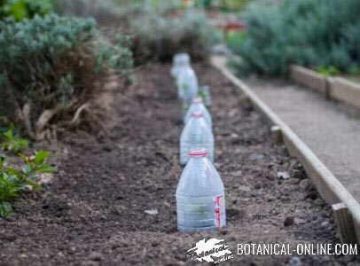
To facilitate rooting, as with all other propagation methods, a cuttings or propagator kit can be purchased that better maintains adequate heat and ambient humidity. If this contraption is not available, other home systems can be made to promote plant growth.
A very simple one consists of placing some sticks of about 20 cm around the ground, next to the edge of the pot, and others inside, to support a plastic that will cover the entire set. You can also take advantage of a large plastic bottle to cut it by half and place it in the shape of a bell on the pot.
For plants to germinate and seedlings to grow properly, it is vital that they have plenty of light, although they should not be exposed to direct sunlight because they are very tender and could burn. The lack of light during germination will produce seedlings that are too skinny and lanky.
Plant care: How to care for cactus and succulent seedlings?
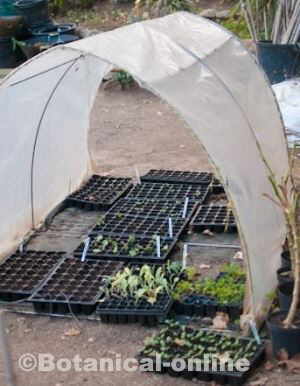
Until the seedlings are well rooted and start to grow, they can be kept covered or inside the propagator. Once these begin to grow, it is advisable to make small holes in the upper part so that they breathe properly.
There are growers who think that the cover should be kept on the plants for a good season. Others think that it is best to remove the cover or remove it from the propagator after about 30 days. Either method can be valid as long as adequate humidity is maintained.
Watering seedling of succulent plants
Unlike when they are adults, which must be left dry between watering and watering, succulent plant seedling soil should never be allowed to dry completely. Nor should they be too soaked, since this would favor the appearance of fungi.
It is best to spray them over two or three times a week with a sprayer. The immersion and root irrigation method will only be used in very hot places, where spraying may not be sufficient. Every two weeks, more or less, it is advisable to include in the irrigation water, a little liquid fertilizer for succulent plants according to the conditions of the leaflet.
Planting out succulent seedlings
With these cares, quality seedlings are obtained that must be planted out in an individual pot. This allows the seedlings to grow further until they are planted in their final place in the case of growing on the ground or in a larger pot.
To plant out a seedling we will hope that it has a good size and a well-developed root system. We will let the soil from the seedbed dry and we will extract the seedling carefully so as not to damage the roots and we will remove any possible soil or sand that is stuck to the roots. Later we will introduce it into the soil for succulents and let the roots establish themselves well.
For this, we will keep them in a warm place and we will not water for the first 8 or 10 days. Subsequently, we will apply the usual watering and we will gradually accustom the plant to greater contact with light, placing it in the sun for a few minutes at first, and then gradually increasing the time.
![]() More information on succulent plants
More information on succulent plants


